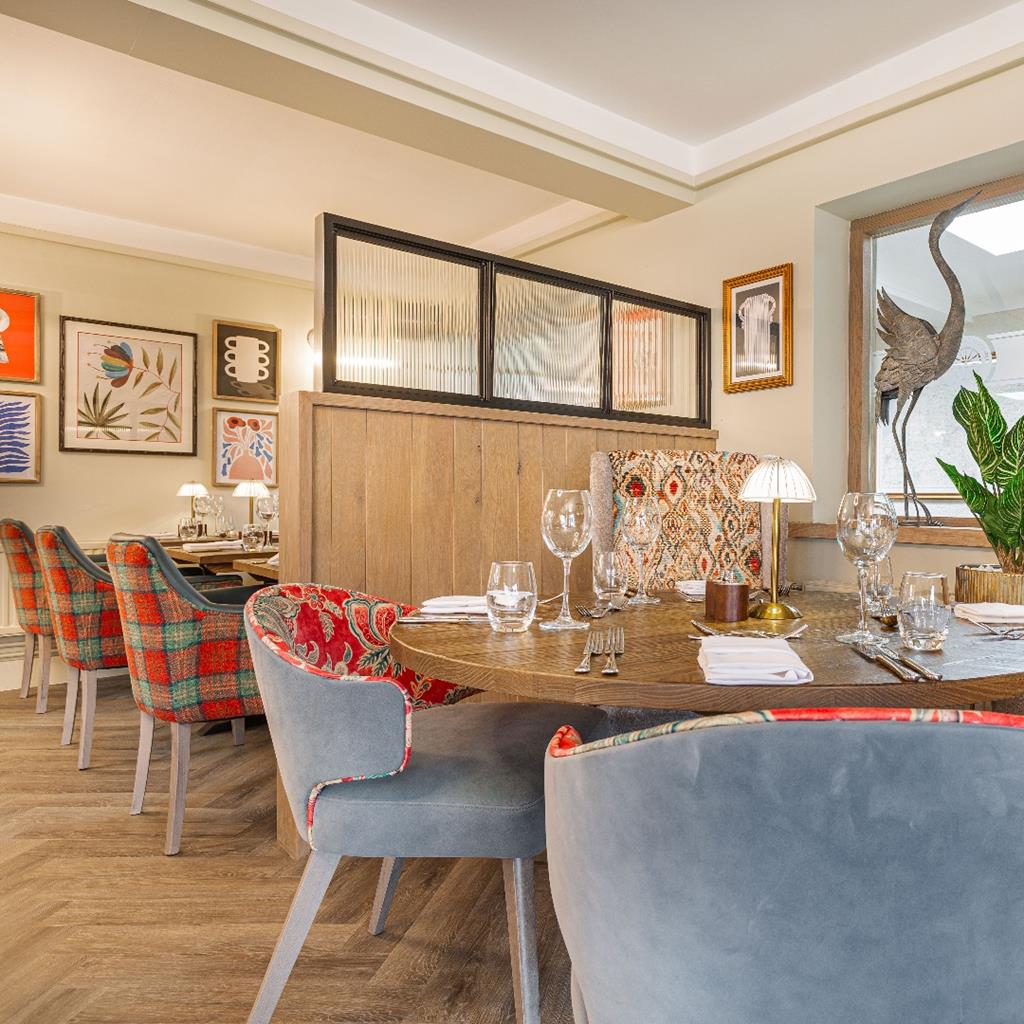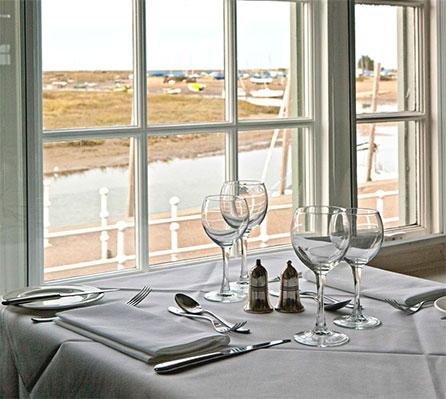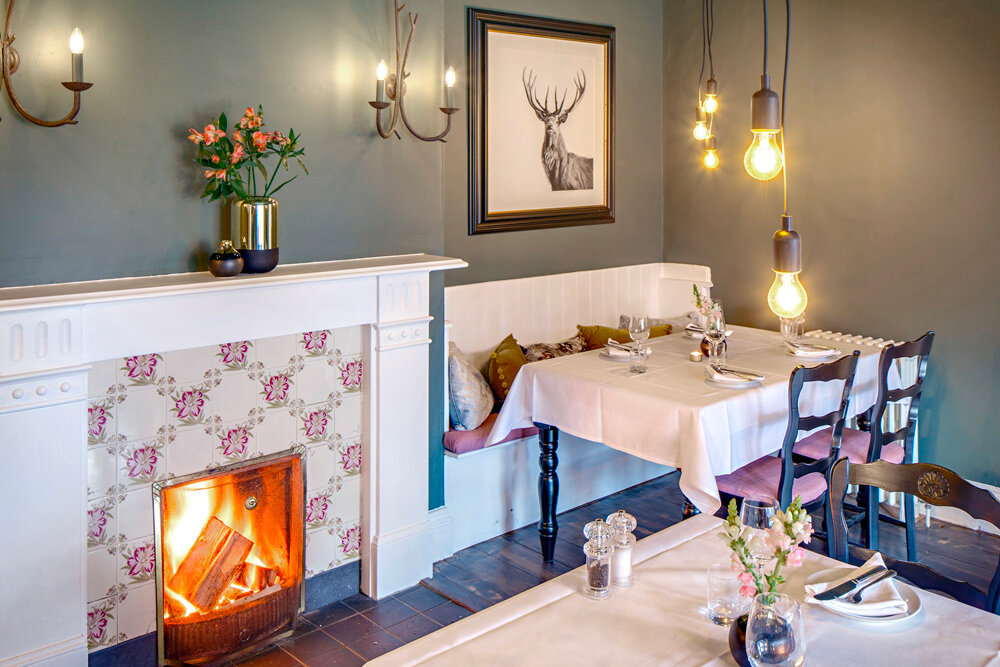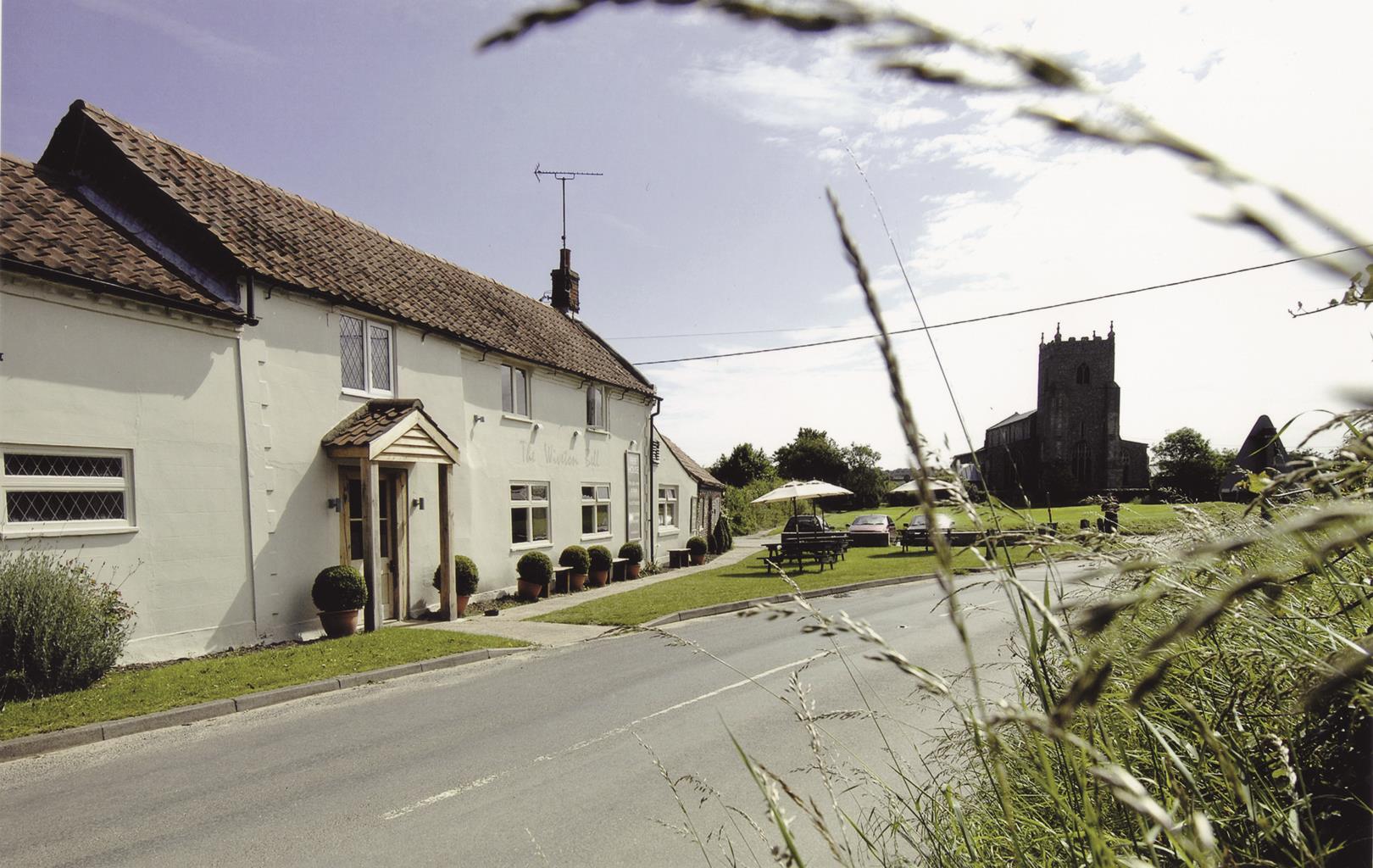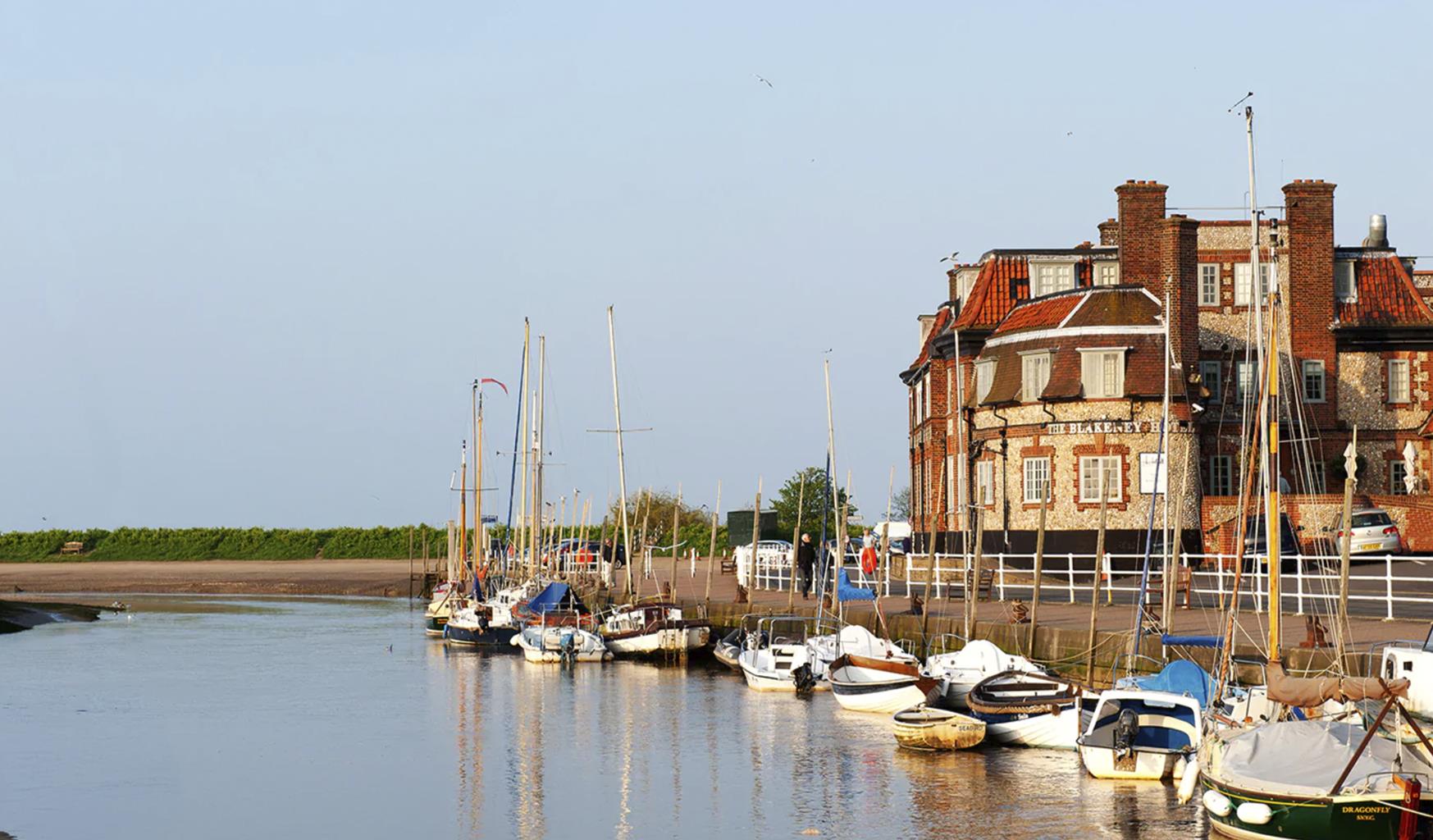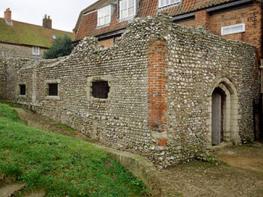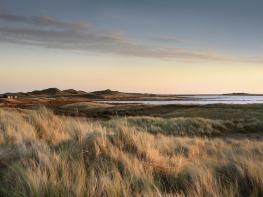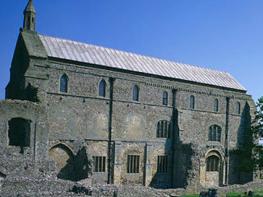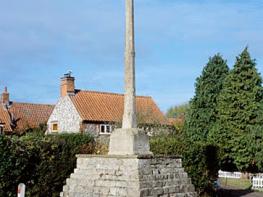Recently refurbished, the Manor Coastal Hotel is ideally situated on the Quay in the heart of…
Blakeney – around the marshes

Walk along the sea defences to some of the finest bird reserves in the country
4.5 miles (7.2kms)
About the walk
Blakeney was a prosperous port in medieval times, but went into decline when its sea channels began to silt up. While the merchants decried the slow accumulation of salt marsh and sand bars, birds began to flock here in their thousands. By Victorian times it had become such a favoured spot with feathered migrants that it became known as the place to go shooting and collecting. Some sportsmen just wanted to kill the many waterfowl, while others were more interested in trophy collecting – looking for species that were rare or little-known. The maxim 'what's hit is history; what's missed is mystery' was very characteristic of the Victorians' attitude to biological science. Many of these hapless birds ended up stuffed in museums or private collections.
Nature reserve
After many years of bloody slaughter, the National Trust arrived in 1912 and purchased the area from Cley Beach to the tip of the sand and shingle peninsula of Blakeney Point. It became one of the first nature reserves to be safeguarded in Britain. Today it is a fabulous place for a walk, regardless of whether you are interested in ornithology. A bright summer day will show you glittering streams, salt-scented grasses waving gently in the breeze and pretty-sailed yachts bobbing in the distance. By contrast, a wet and windy day in winter will reveal the stark beauty of this place, with the distant roar of white-capped waves pounding the beach, rain-drenched vegetation and a menacing low-hung sky filled with scudding clouds. It doesn't matter what the weather is like at Blakeney, because a walk here is always invigorating.
Although these days we regard the Victorians' wholesale slaughter with distaste, they did leave behind them a legacy of valuable information. It was 19th-century trophy hunters who saw the Pallas' warbler and the yellow-breasted bunting in Britain for the first time – and they were seen at Blakeney. A little later, when the Cley Bird Observatory operated here between 1949 and 1963, the first subalpine warbler in Norfolk was captured and ringed. The Victorians' records tell us that a good many red-spotted bluethroats appeared in September and October, and any collector who happened to visit then was almost certain to bag one. In the 1950s the observatory discovered that these were becoming rare at this time of year. Today, bluethroats are regular spring visitors but are seldom seen in the autumn. It is thought that this change over time is related to different weather patterns and indicates how climate change, even on a small scale, can dramatically effect the behaviour of birds.
Walk directions
From the car park take the path marked Norfolk Coast Path out towards the marshes. This raised bank is part of the sea defences, and takes you all the way round to Cley. Eventually, you have salt marshes on both sides.
Maps older than 2005 show the path sticking closer to the coast. Over the winter of 2005–06, the course of the River Glaven, and the embankment, was moved south. This part of the walk is excellent for spotting kittiwakes and terns in late summer. Also look for Sabine's gulls, manx and sooty shearwaters, godwits, turnstones and curlews. The path leads you past Cley Windmill, built in 1810 and which last operated in 1919. It now offers stylish bed-and-breakfast and self-catering accommodation. Follow signs for the Norfolk Coast Path until you reach the A149.
Cross the A149 to the pavement opposite, then turn right. Take the first left after crossing the little creek. Eventually you reach the cobblestone houses of Wiveton and a crossroads; go straight ahead.
Take the grassy bridleway track opposite Primrose Farm, to a T-junction. This is Blakeney Road; turn right along it. However, if you want refreshments before the homeward stretch, turn left and walk a short way to the Wiveton Bell. The lane is wide and ahead you will see St Nicholas' Church nestling among trees. This dates from the 13th century, but was extended in the 14th. Its two towers served as navigation beacons for sailors, and the east (narrower) one is floodlit at night.
At the A149 there are two lanes opposite you. Take the High Street fork on the left to walk through the centre of Blakeney village. Many cottages are owned by the Blakeney Neighbourhood Housing Society, which rents homes to those locals unable to buy their own. Don't miss the 14th-century Guildhall undercroft at the bottom of Mariner's Hill. After you have explored the area, continue to the car park.
Additional information
Footpaths with some paved lanes, can flood in winter
Salt marshes, scrubby meadows and farmland
Under strict control as these are important refuges for birds
AA Walker's Map 21 North Norfolk Coast
Carnser car park (pay-and-display, free for NT members), on seafront opposite Blakeney Guildhall and Manor Hotel
Across road from Carnser car park
WALKING IN SAFETY
Read our tips to look after yourself and the environment when following this walk.
Find out more
Also in the area
About the area
Discover Norfolk
The North Norfolk Coast is designated an Area of Outstanding Natural Beauty and probably the finest of its kind in Europe. Here you’ll find a string of quaint villages and small towns – Holkham, Wells-next-the-Sea and Cley next the Sea are 21st-century favourites, while Sheringham and Cromer are classic examples of a good old-fashioned seaside resort where grand Victorian hotels look out to sea. Further round the coast you'll find Great Yarmouth, one of the most popular resorts in the UK and packed full of amusements, shops and seashore entertainment. And let's not forget Norwich, the region's only city.
Norfolk prides itself on its wealth of historic houses, the most famous being Sandringham, where Her Majesty the Queen and her family spend Christmas. Many of Norfolk’s towns have a particular charm and a strong sense of community. The quiet market towns of Fakenham and Swaffham are prime examples, as well as Thetford, with its popular museum focusing on the TV comedy series Dad’s Army which was filmed in the area.
Nearby stays
Restaurants and Pubs
Nearby experiences
Recommended things to do
Why choose Rated Trips?
Your trusted guide to rated places across the UK
The best coverage
Discover more than 15,000 professionally rated places to stay, eat and visit from across the UK and Ireland.
Quality assured
Choose a place to stay safe in the knowledge that it has been expertly assessed by trained assessors.
Plan your next trip
Search by location or the type of place you're visiting to find your next ideal holiday experience.
Travel inspiration
Read our articles, city guides and recommended things to do for inspiration. We're here to help you explore the UK.


